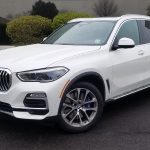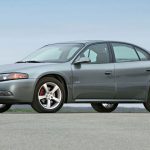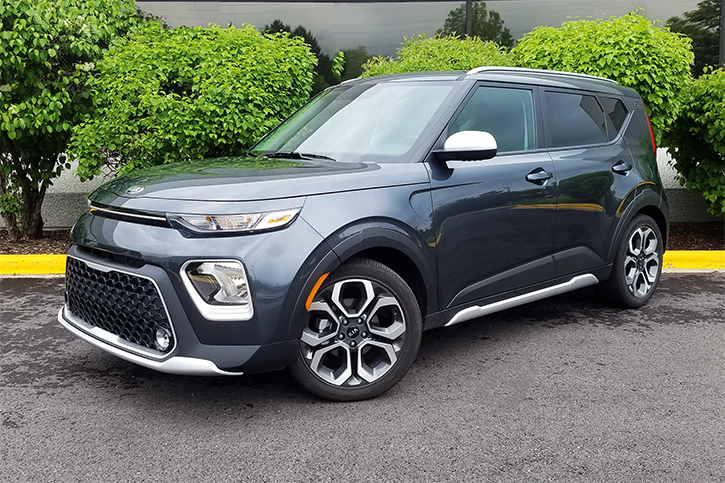
 2020 Kia Soul X-Line
2020 Kia Soul X-Line
Class: Subcompact Crossover
Miles driven: 790
Fuel used: 24.9 gallons
| CG Report Card | |
|---|---|
| Room and Comfort | A- |
| Power and Performance | B- |
| Fit and Finish | B- |
| Fuel Economy | A- |
| Value | A |
| Report-card grades are derived from a consensus of test-driver evaluations. All grades are versus other vehicles in the same class. Value grade is for specific trim level evaluated, and may not reflect Consumer Guide's impressions of the entire model lineup. | |
| Big & Tall Comfort | |
| Big Guy | A |
| Tall Guy | A |
| Big & Tall comfort ratings are for front seats only. "Big" rating based on male tester weighing approximately 350 pounds, "Tall" rating based on 6'6"-tall male tester. | |
| Drivetrain | |
| Engine Specs | 147-hp 2.0L |
| Engine Type | 4-cylinder |
| Transmission | CVT-automatic |
| Drive Wheels | Front-wheel drive |
Real-world fuel economy: 31.7 mpg
Driving mix: 25% city, 75% highway
EPA-estimated fuel economy: 27/33/30 (city/highway combined)
Fuel type: Regular gas
Base price: $21,490 (not including $995 destination charge)
Options on test car: Carpeted floor mats ($130)
Price as tested: $22,615
Quick Hits
The great: Excellent passenger and cargo room within petite exterior dimensions; easy-to-use control layout
The good: Fun styling inside and out; decent road manners
The not so good: All-wheel-drive isn’t available; X-Line model can’t be had with some desirable convenience and safety features
John Biel
Kia may have a problem with its Soul subcompact hatchback—and it’s a good problem. Moving on to a third generation for the 2020 model year, Kia has carefully evolved the styling, daring to squeeze out any hint of its signature “tiger nose” grille, but careful not to stray too far from the “tall box” shape of its forebears. Why? People know this thing when they see it, and they know who makes it. If cars had egos, most would give their left rear shock for that kind of brand recognition. Thus, Kia may have to tread carefully when it’s time for generation four.
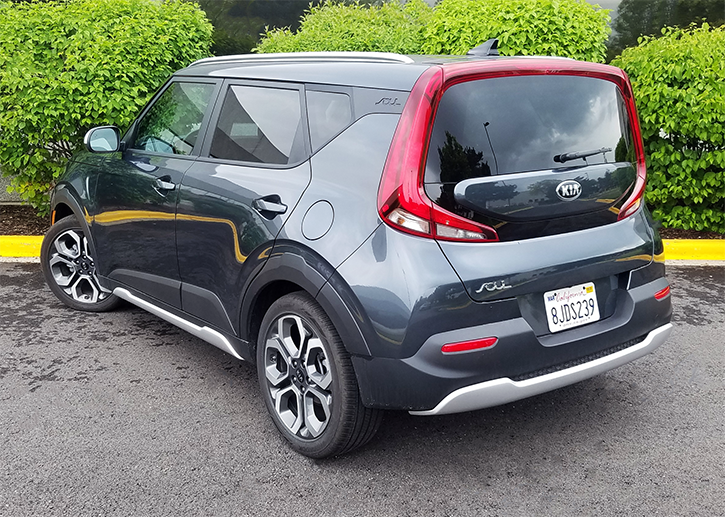
But that’s a worry for another day. Until then, Kia has made the Soul a little larger, changed one of its engines, rearranged and augmented the model lineup, ushered in new safety tech (at least in higher trim levels), and still kept prices in check.
Consumer Guide’s first test of a new Soul came in a Gravity Grey X-Line. The X-Line, which starts at $22,485 with delivery, is a new model that, like a number of other small hatches and wagons, trades on an off-roader look without actually adding any real off-road capability. It includes special lower-body cladding and overfenders, fog lights, roof rails, and specific 18-inch alloy wheels. A leather-wrapped steering wheel and shifter knob inject a literal touch of luxury in an otherwise plain interior. Lane-change assist, blind-spot warning, and rear cross-traffic alert give the X-Line a bare minimum of the kinds of electronic safety minders that consumers have come to expect in recent years. (You have to move up to the EX and GT-Line models to get the Kia Drive Wise suite of more-advanced active safety tech.)
Steve and Johnnie Road Test: 2019 Hyundai Kona Ultimate
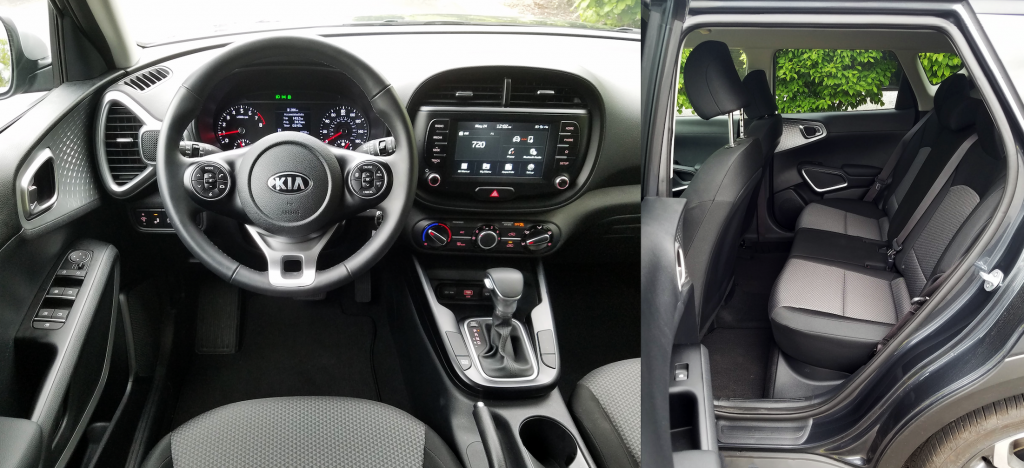
Some (well, this tester at least) may find the Soul X-Line refreshingly simple. Once settled upon a manually adjusted fabric seat, the driver needs to insert an ignition key to start. An AM/FM/MP3 radio that’s dead simple to program on a 7-inch touchscreen serves your listening pleasure. (Don’t worry, it’s got Android Auto and Apple CarPlay smartphone integration if you want to march to a different drummer.) The climate system is manual, it’s single zone, and it’s fabulous. Three dials—for temperature, fan speed, and mode—let you turn right to the performance level you want. Just four additional on-off buttons let you select air conditioning, rear defrost, and air recirculation or intake at a single press of a button. You want “fragrance release?” Wear cologne. In this company, remote keyless entry, the tilt/telescoping steering column, and steering-wheel controls for audio and cruise control seem almost sybaritic.
Future Car: 2021 Chevrolet Trailblazer

The base engine is what powers the X-Line. It is a 2.0-liter 4-cylinder linked to a continuously variable transmission (CVT). At 147 horsepower, the 2020 engine is less powerful than the previous Soul engine of the same displacement. That said, it still provides a pleasing, useful level of power (if perhaps a little loud under acceleration), with a very slight boost from choosing the “Sport” driving mode. The CVT is programmed to give off the feel of a stepped-gear transmission, which it does convincingly. EPA fuel-economy ratings are 27 mpg in city driving, 33 mpg in highway operation, and 30 combined. This reviewer covered 60 percent of his 192 test miles in city conditions, and saw just 24.1 mpg, but you’ll see that CG editors’ highway-weighted overall mileage was quite a bit better.
Test Drive: 2019 Nissan Kicks SR
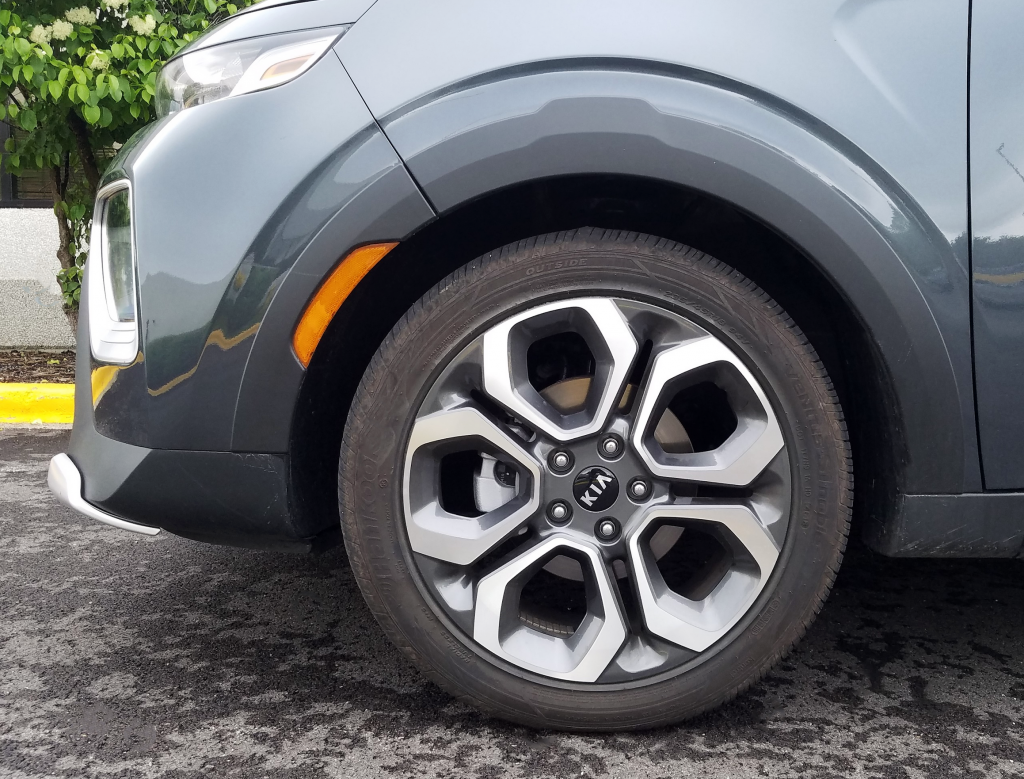
The Soul is a little less subcompact than it used to be. The all-new platform has 1.2 inches more wheelbase and 2.2 inches more total length than its immediate predecessor. Steering feel is fairly bland but the ’20 Soul handles decently, with pretty good maneuverability for getting in and out of parking spaces. Suspension compliance comes off a bit stiff, so ride can feel firm.
Padded and soft-to-the-touch interior surfaces are limited, found just on the X-Line’s armrests, dash top, and console-box lid. So, too, are cabin-storage opportunities. Indeed, the only facilities for rear-seat riders are bottle holders in the doors. Up front there are door pockets (with bottle holders), a large glove box, less-large console box, twin cup holders, and an open bin under the USB port. Thankfully, passenger room is much more abundant. There’s great headroom and legroom in either row, and comfortable support on the front seats. In back, a nearly flat floor might help a third person—even a skinny adult—squeeze into the middle of the seat.
Kia says the new body dimensions increase maximum cargo capacity by 5 cubic feet, and that the rear liftgate opening is wider and lower. The manual liftgate gives access to a modicum of usable, easy-loading cargo space in the squarish, flat-floored cargo bay. (Not-too-delicate items may fit under the floor in the space around the spare tire.) Rear 60/40 seats fold virtually flat to expand cargo capacity when needed.
Keeping the Soul going in something akin to the well-received package in which it has wrapped itself since its debut will be an interesting problem for Kia to work out. Until then, we can imagine that a lot of people will find ways to enjoy this newest Soul.
Test Drive: 2019 Toyota C-HR Limited
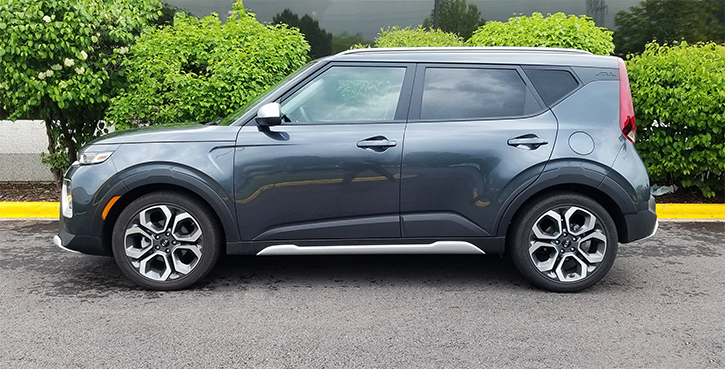
Living With an Electric Car: Our Year With the Kia Soul EV
2020 Kia Soul X-Line

